When Jane Musyoka brought her infant daughter, Mary Shufaa, to the Coast General Hospital, it was the third time she had sought treatment for her baby.
Mary was born with hydrocephalus on 7 May, 2023, in Msambweni Hospital. Given her condition, she was quickly referred to Coast General in Mombasa for treatment.
“The doctors told me about the condition my baby had. I remember being confused and anxious ever since a scan showed that Mary had water inside her brain. However, even though I was given a referral to Coast General Hospital, I didn’t have the funds for the surgery.
Once she returned home, Jane and her family worked to raise the funds. Soon she was able to take Mary to Coast General, where they inserted a shunt to drain the fluid collecting in her brain.
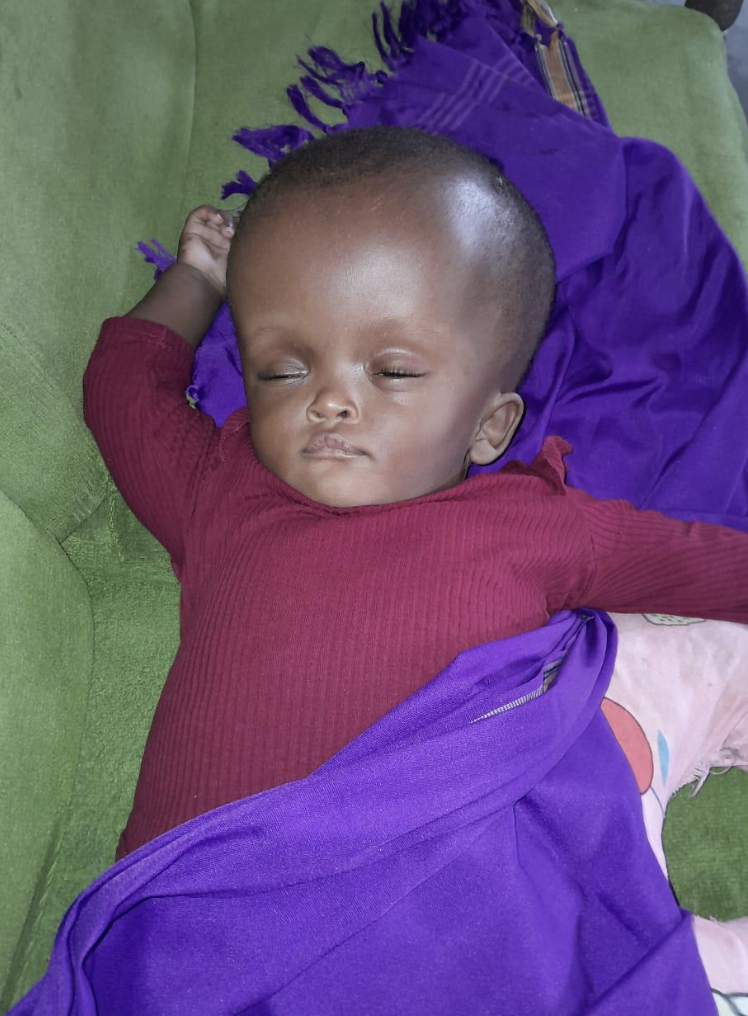
Shunt placement has long been the standard procedure to address hydrocephalus; however, on average, half of shunt placements fail within two years, and in a country like Kenya, failure rates are often significantly higher, primarily due to infection.
Indeed, a few weeks post-surgery, Mary’s shunt became infected and had to be removed. She was admitted to the hospital for more than a month before she was discharged.
That August, the case worker at Coast General reached out to Jane to let her know that a new treatment option would soon be available: NeuroKids would be there to train local surgeons on its innovative surgical approach, ETV/CPC, pioneered by Dr. Benjamin Warf, the procedure now known as the Warf Method.
During the week-long training, NeuroKids trained local surgeons in the Warf Method, whereby instead of inserting a shunt, the surgeon conducts a minimally invasive procedure that creates an alternative pathway for cerebrospinal fluid (“the water”) trapped within the brain’s ventricles to escape into its normal path (ETV or endoscopic third ventriculostomy). Then, the surgeon cauterizes the tissue that produces cerebrospinal fluid, and the fluid can pass through the opening made during the ETV and into the space surrounding the surface of the brain.
NeuroKids-trained surgeons learn how to treat children whose shunts have failed. An estimated 50% of shunts inserted fail each year due to infection, blockage, or other reasons. Through its innovative approaches, NeuroKids uses today’s technology to ensure children receive the most effective procedures available while training local surgeons to close the gap in surgical treatment and care.
To ensure that its partner hospitals can fully support the Warf Method, NeuroKids also provides the necessary equipment for the optimal treatment of hydrocephalus and spina bifida.
When Mary and her mother returned to Coast General, she received the innovative surgery and has been complication-free since then. “At first I was afraid of leaving Mary with my sisters as I go to work, but seeing her improve every day is giving me the strength to work even harder to care for her and my family,” says Jane. “Seeing my baby smile warms my heart!”
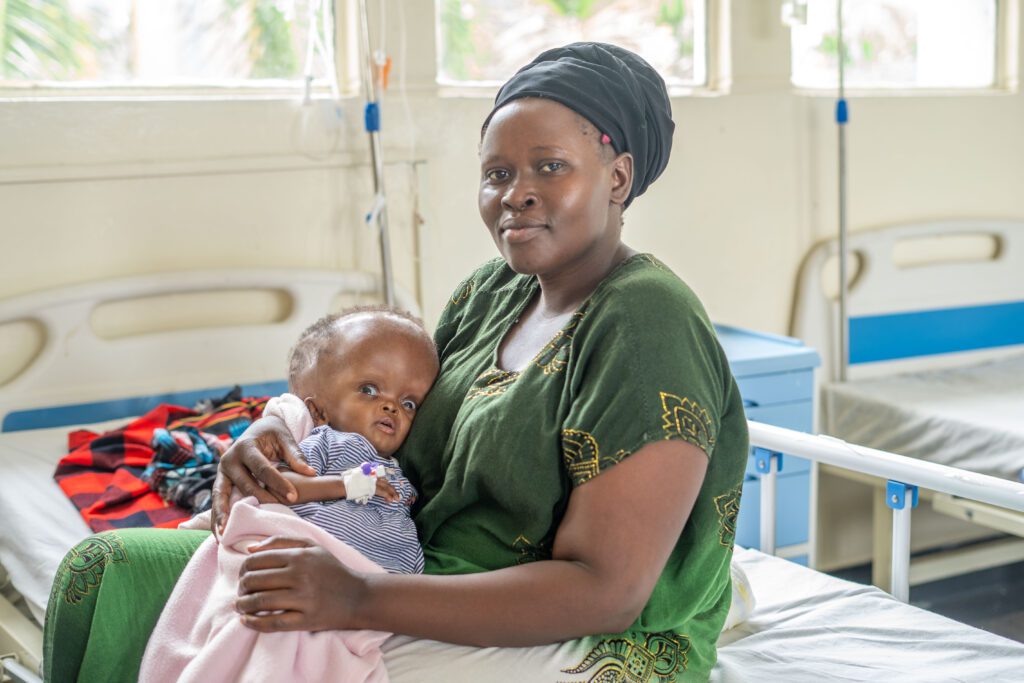
Stories like Mary’s highlight the life-changing impact of NeuroKids’ innovative approach to treating hydrocephalus and training local surgeons in the Warf Method. However, we can’t continue this work without your help. By donating today, you are directly supporting children like Mary and helping to equip hospitals with the tools they need to provide the best care possible. Join us in ensuring that children everywhere receive the life-saving treatment they deserve. Together, we can heal kids and restore hope. Donate now and make a difference.


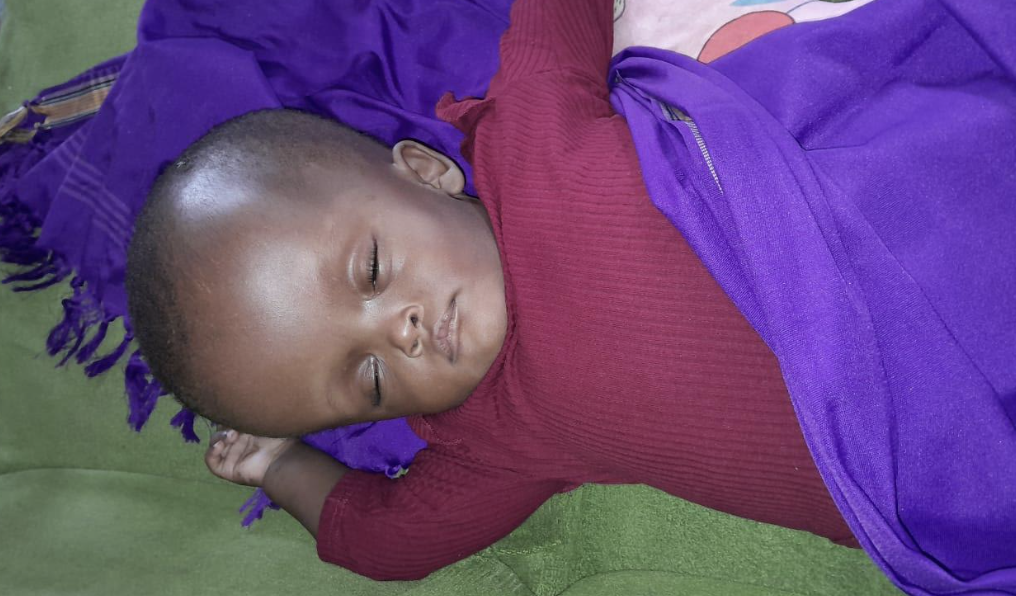
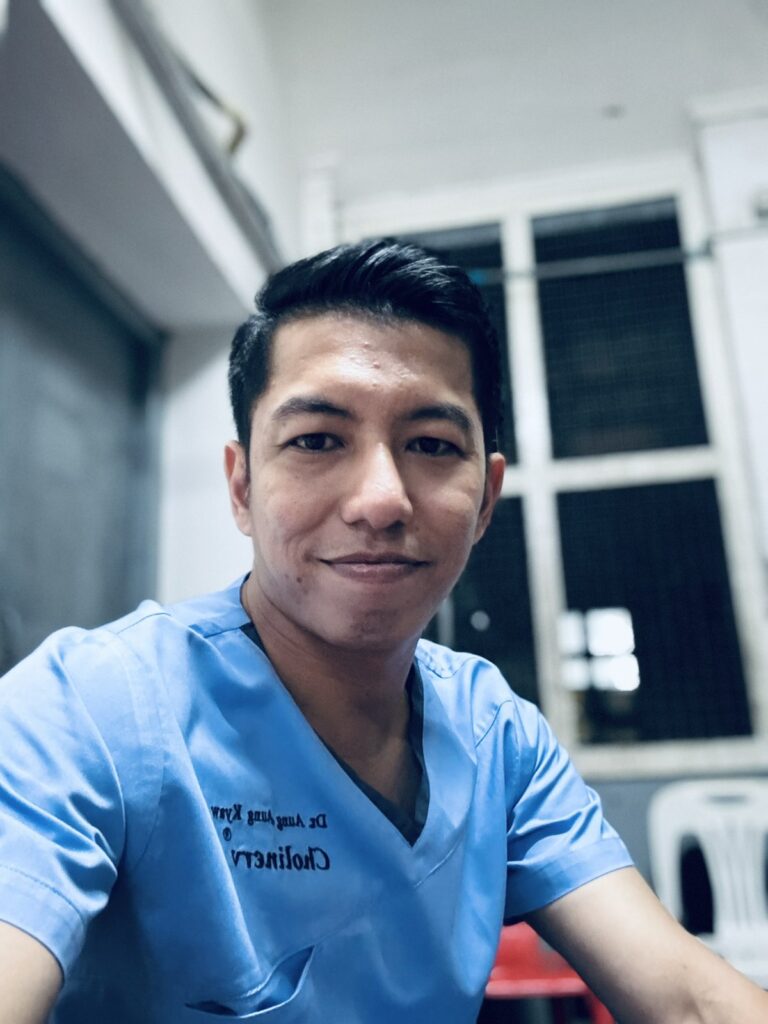
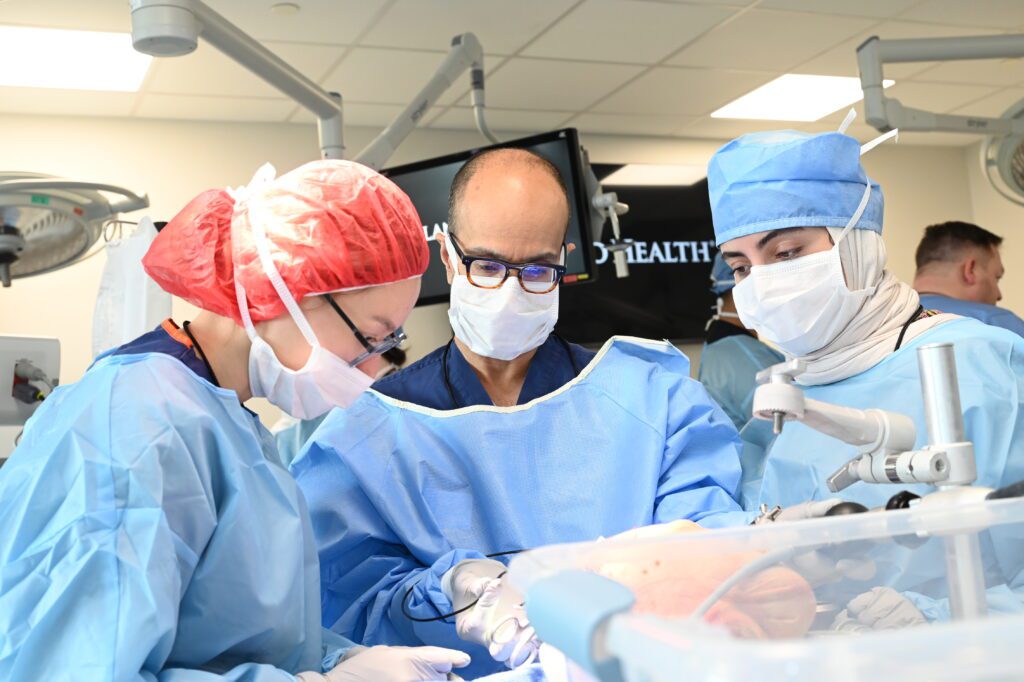

Thanks for sharing your thoughts. I really appreciate your efforts and I am waiting for your next write ups thank you once again.